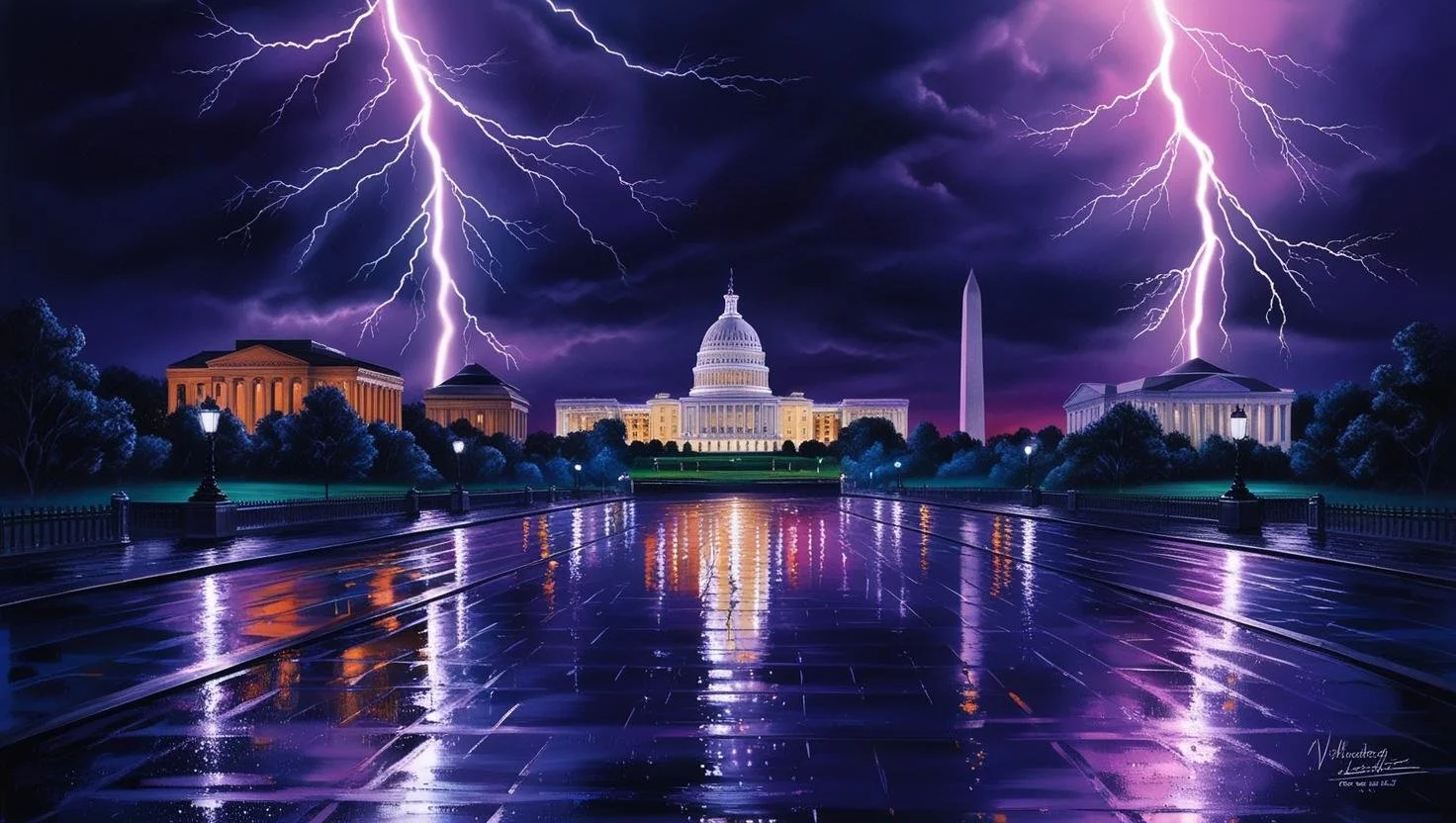Famous Fed Optimism Before Market Crashes
If you think "this time is different," history suggests otherwise.
For quite some time, I’ve been sounding the alarm about the bubbles inflating across all investment markets—from equities and real estate to bonds and even speculative assets. The signs are clear: sky-high valuations, unsustainable debt, and a Federal Reserve that seems trapped between inflationary pressures and the need to keep markets propped up.
Yet, if history teaches us anything, it's that markets don’t crash when investors expect them to—they crash when confidence is at its peak. And if there’s one pattern that repeats itself over and over, it’s this: whenever the Federal Reserve tells us everything is fine, trouble is right around the corner.
Over the past 50 years, we’ve seen Fed Chairmen reassure the public just before major collapses, giving investors a false sense of security. But those who listened too closely to these optimistic statements often found themselves blindsided by devastating losses. In this post, I’ll walk through some of the most infamous moments of misplaced confidence from the Fed—just before markets unraveled.
A Pattern Worth Noting
History has a way of repeating itself, especially when it comes to financial markets and the people in charge of them. Over the past 50 years, Federal Reserve Chairmen have repeatedly reassured the public about the economy’s strength—only for markets to collapse shortly afterward. Investors who placed their trust in these reassurances often found themselves caught off guard by major downturns. Let’s take a look at some of these infamous moments of misplaced confidence.
1973-74 Market Crash: Arthur Burns’ Misplaced Confidence
Before the brutal 1973-74 bear market, which saw the S&P 500 plunge nearly 50%, Fed Chairman Arthur Burns expressed little concern. In 1973, he stated:
"The financial system remains strong, and we do not see evidence that inflation will cause a major disruption to economic stability."
That optimism didn’t age well. What followed was one of the worst bear markets in U.S. history, fueled by an oil embargo, stagflation, and economic turmoil.
1987 Crash: Volcker Didn’t See It Coming
In September 1987, just one month before Black Monday, Fed Chairman Paul Volcker stated:
"The economy remains on a sustainable growth path, and while markets have shown some volatility, they remain orderly."
Then came October 19, 1987, when the Dow Jones Industrial Average crashed 22.6% in a single day—the biggest one-day drop in history. Investors who believed the system was "orderly" learned the hard way that markets can collapse without warning.
The Dot-Com Bubble: Greenspan’s Tech-Fueled Optimism
Throughout the late 1990s, Alan Greenspan fueled enthusiasm for the so-called "New Economy," believing that technological advancements would sustain an extended boom. In 1999, just before the dot-com bubble burst, he declared:
"The American economy is experiencing a level of prosperity that will continue well into the future, driven by technological innovation."
By March 2000, the Nasdaq peaked—and then proceeded to fall 78% over the next two years, erasing trillions in wealth.
2008 Financial Crisis: Greenspan & Bernanke Miss the Housing Bubble
In 2007, as the housing bubble was already unraveling, Greenspan (now retired) and new Fed Chair Ben Bernanke both reassured the public. Bernanke’s infamous March 2007 statement stands out:
"At this juncture, the impact on the broader economy and financial markets of the problems in the subprime market seems likely to be contained."
We all know what happened next: the collapse of Lehman Brothers in September 2008, a total freeze in credit markets, and the worst financial crisis since the Great Depression.
2020 Pandemic Crash: Powell’s Unfortunate Timing
Fed Chairman Jerome Powell echoed this same misplaced optimism in February 2020, just before the COVID crash:
"The fundamentals of the U.S. economy remain strong, and we see no near-term recession risks."
One month later, in March 2020, the S&P 500 fell 34% in a matter of weeks, as the pandemic triggered global economic panic.
What’s the Lesson Here?
The recurring theme is clear: when the Fed is publicly confident, investors should be skeptical. The Federal Reserve’s job is to maintain public trust in the financial system, so their messaging is almost always designed to reassure, not to warn.
With markets currently at extreme valuations and concerns about inflation, debt, and geopolitical instability rising, it's worth remembering this history. The next time the Fed tells you everything is fine, ask yourself: Is it really?
If history is any guide, the real story might be something else entirely.





